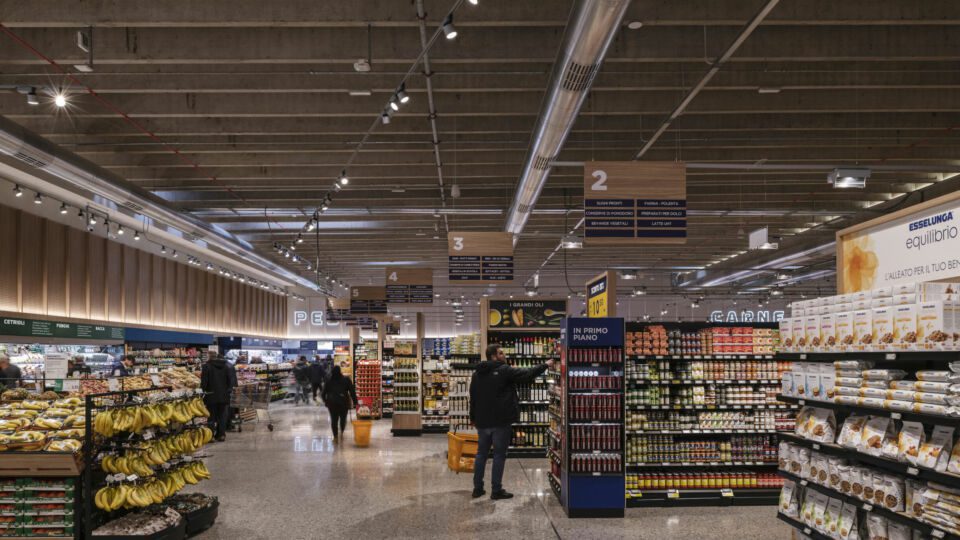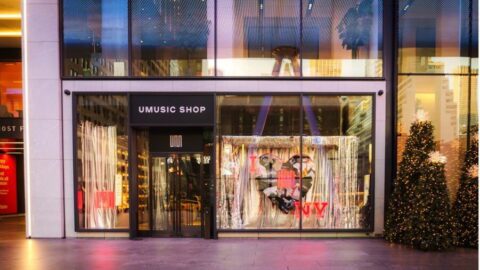The online versus offline debate remains a hot topic in retail. Personally, I spend more online than I used to, but mainly buying stuff I’m familiar with, my friends have recommended or I’ve seen reviewed.
But if it’s new to me and I can’t touch, hold, taste or smell it — and if you don’t understand what I think of as “my style,” or conversely my actual size — then I likely won’t waste my time shopping online with you. I’d rather watch Netflix or chat with the coffee shop guy.
But don’t be fooled into thinking that retail as we knew it is dead, out for the count or profoundly wounded. It’s not, it’s just been sent away for an enforced rest, to have a little think and a jolly good look at itself.
It’ll bounce back, it always does — but really only because the human condition demands a social connection that shopping, even at its very worst, provides. But in-person shopping shouldn’t become too complacent, because the ecommerce technology experts in their Seattle basements are working on how to replicate and improve this “dullness” and replace it with another altogether more convenient one.
And every day they do improve the online experience, allowing us to exist contentedly from our recently improved couch, and in our newly purchased Jac+Jack casually adjusting “elevated sweatpants.”
It’s department stores, shopping centers and hypermarkets I’m most concerned for — not really big enough to sell “everything” anymore when you can get “anything from anywhere” online. These aging one-stop shops are caught in the middle of an evolving market. Not quite big enough and far too large to reinvent “local.”
People like local again, to shop every day for food, to have a chat and, despite COVID-19, preferring the perceived safety of “nearby.” Somehow just knowing the name of your butcher is reassuring and nice.
Hypermarkets are really a “hostage to their history” space-wise, and many are reviewing this and thinking about how better to use this real estate. Some are re-adapting these spaces, in part, as distribution centers for more localized home delivery, mainly unimaginatively — although Alibaba’s Hema is one noteworthy exception. Others are looking at how to repurpose this excess of space in other ways: some subletting, while others are inventing new products, offers and services.
Ultimately, it’s still primarily women who shop, and their selfless gift of “time” is not always considered by retailers. Actually, online shopping can be more time-consuming than you might think (combing through search results, figuring out sizing, etc.), so sometimes a physical shopping trip can be a relief.
Smart retailers will think about how to give just 15 minutes back to these exhausted shoppers who think little about themselves or their personal needs. This is very important.
And yet online is working on how to personalize the experience too. But they have a ways to go, and if it’s just a computer that talks to me, then we don’t have a relationship yet. I like to chat more than I ever did, but not to robots, thanks.
Largely this online growth was driven by need and the pandemic, but is this sustainable in a world where our senses are consequentially being dulled and undernourished? I need to interact again, regain some sense that we have friends, are part of a community, or at the very least that someone cares enough to try and sell me something I might like or that might improve my life.
But don’t assume this enforced use of our laptops will keep us indoors forever. What it has done, however, is change our relationship with offline, trained us to find things easily and wreck lazy retailing forever. Thanks Google!
So forget pop-ups being used to reawaken our unexercised brains. If shops don’t respond to our newly discovered ease of online access, then they are at odds with what all this has done to me, and my newly acquired super-ADHD conditioning. Our relationships have changed and while it’s “just me, not you,” there’s likely no going back.
So, lots to think about, both online and offline in this omnichannel circus that’s lost its tent.

Mark Landini is creative director of Landini Associates, a multidisciplinary design and brand consultancy working globally from its Sydney base. Since 1993, Landini Associates has created and evolved retail brands, including McDonalds, T2, Aldi, Glassons, Sass & Bide, Jurlique and Coles.








